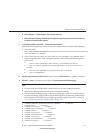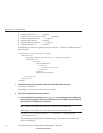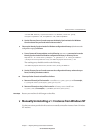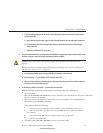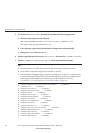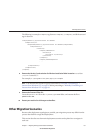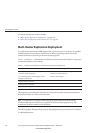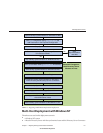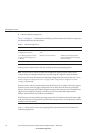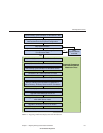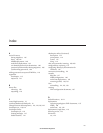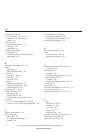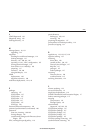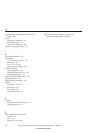
■
A host for all other components
Table 7–2 and Figure 7–3 illustrate how the Identity Synchronization for Windows components
are distributed between the three hosts.
TABLE7–2 Multi-HostDeployment
Host1 Host2 Host3
Directory Server with
conguration repository
Directory Server forsynchronized
users
Windows NT Connector
Core (MessageQueue, Central
Logger, System Manager,and
Console)
Directory Server Connector Windows NT Subcomponents
(PasswordFilter DLL and Change
Detector Service)
ActiveDirectory Connector Directory Server Plugin
In the previous scenario, hosts 1 and 2 are running on the same operating system.
Note – Directory Server at host1 contains the conguration registry and the Admin Server
console. Ensure you migrate to Directory Server 6.0 using the -N option to keep the Admin
Server intact. For more information on migrating conguration data and user data, see
“Using
dsmig to Migrate Conguration Data” on page 31
and “Using dsmig to Migrate User Data”
on page 35
respectively.
Directory Server at host2 contains the data and the Directory Server plugin. When you migrate
Directory Server to 6.0, the plugin conguration is lost. But it does not cause any problem as
Identity Synchronization for Windows migration requires the connectors to be reinstalled and
plugin to be recongured. Therefore, Directory Server at host2 should be migrated after
Identity Synchronization for Windows uninstallation.
If both hosts are running a Solaris operating system, then a fourth host running Windows 2000
with Active Directory is required for synchronization purposes only. (No components would be
installed on the fourth host.)
Figure 7–3 illustrates the process for migrating Identity Synchronization for Windows for a
multi-host deployment
Other MigrationScenarios
SunJavaSystemDirectoryServerEnterpriseEdition6.0 MigrationGuide • March2007142
SunCondential:Registered



